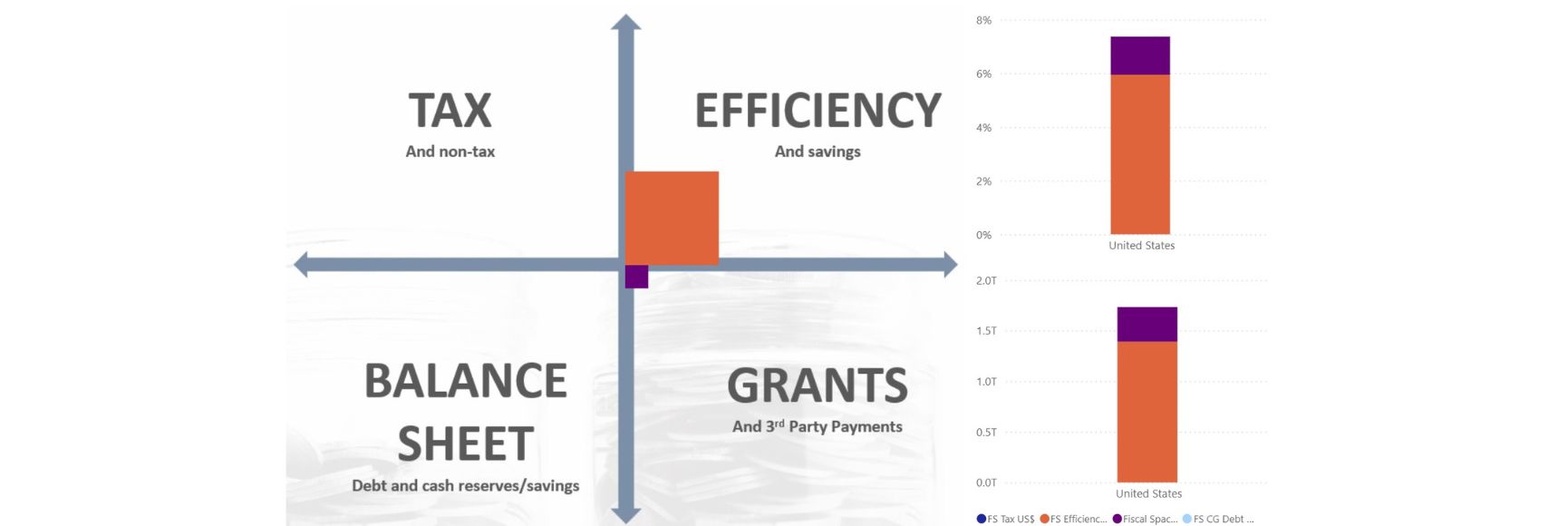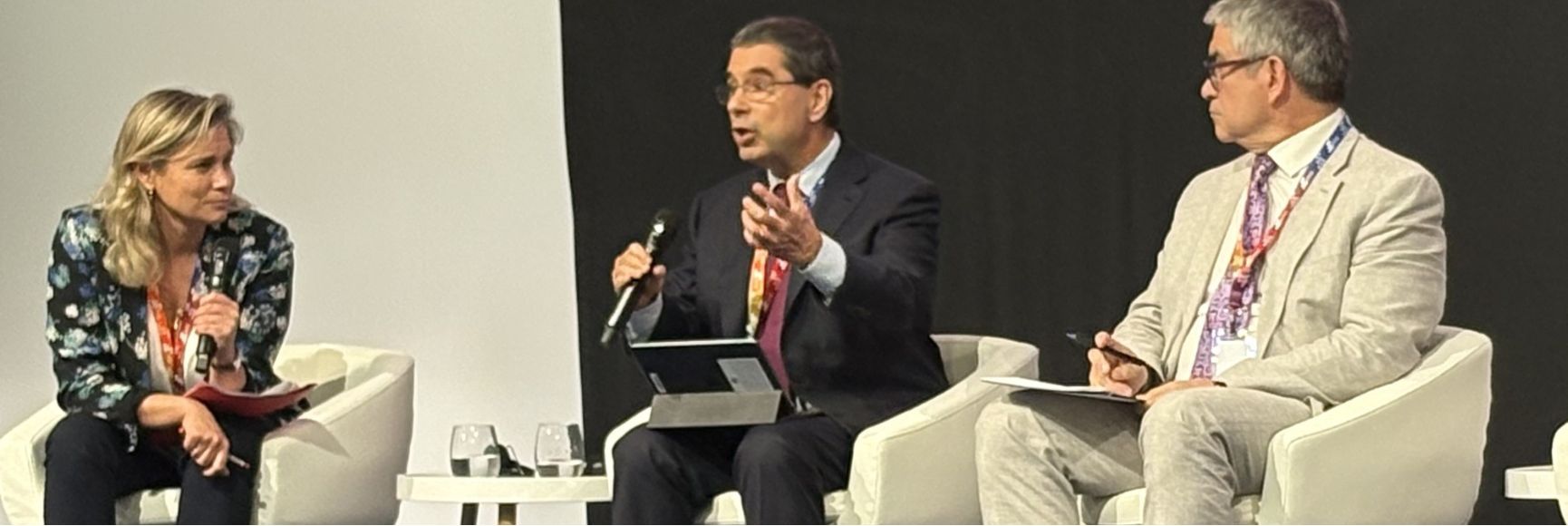Posted by Richard Allen
 Recently, in a paper published in the OECD Journal on Budgeting, vol. 2008/3, entitled “Reforming Fiscal Institutions: The Elusive Art of the Budget Advisor”, and in a yet unpublished paper presented to a World Bank seminar on December 19 (“The Challenge of Reforming Budgetary Institutions in Developing Countries”), I set out some views concerning the complex process of reforming budgetary institutions and public financial management (PFM) systems in developing countries.
Recently, in a paper published in the OECD Journal on Budgeting, vol. 2008/3, entitled “Reforming Fiscal Institutions: The Elusive Art of the Budget Advisor”, and in a yet unpublished paper presented to a World Bank seminar on December 19 (“The Challenge of Reforming Budgetary Institutions in Developing Countries”), I set out some views concerning the complex process of reforming budgetary institutions and public financial management (PFM) systems in developing countries.
The core idea of these papers is that the reform of budgetary institutions is an extremely slow and challenging process that has taken more than 200 years in advanced countries such as France, the United Kingdom and the United States—in a series of slow moving waves somewhat like Kondratieff cycles—and is still not completed. The reasons for this are linked to the familiar doctrine, developed by Douglass North and others, of emerging states, and the gradual transition of countries from rent-seeking states dominated by elites, to open democratic societies. Budgetary institutions and processes are a central rent-seeking and rent-providing mechanism in developing countries, and thus play an important role in this transitional process.
Because of the experience gained by the trial-and-error reforms in the past, the rise of new technologies for budgeting, and the much faster communication of ideas and experience in the 21st century, budget systems in today’s developing countries may be able to make a faster transition to the modern state than in the past. Nevertheless, it may still take several decades for them to approach the level of sophistication and development found in the PFM systems of advanced countries today.
Of course, development is not a linear process, and countries can be expected to advance at varying speeds. The PFM systems of some countries—as well as their economic and political institutions—have clearly developed quite rapidly in the last 20 years, especially among emerging markets such as found in central and eastern Europe, Chile, Korea, South Africa, and a few others. However, these are exceptions to the general rule—and in the most successful cases reforms have lasted 20 years or more—while progress in many low-income countries has been much more limited, and is likely to remain sluggish in the future. A comparison of recent IMF and World Bank diagnostic reports, and those issued 50 years ago by the Bank and the United Nations, supports this general conclusion.
The dramatic fiscal impact of the global financial crisis has revealed unsuspected flaws in PFM systems, suggesting that, in many countries, these systems are less robust than indicated in recent PEFA assessments and fiscal ROSC reports. This is the case both for relatively advanced countries such as Iceland, and emerging markets from the former Soviet Union, such as Latvia. In both these countries, Fund programs, and related technical assistance to strengthen PFM systems, have recently been approved.
Weak institutions are a fundamental constraint on strengthening budget systems. While the World Bank has recognized this in its work on governance and corruption in the last decade, it has not pushed through the logic of this argument to its work on improving budget systems. Reform plans that include a very large number—sometimes several hundred—of measures, comprising all conceivable aspects of the budget process, and compressed into a time period of a few years, are almost always unrealistic. The “platform approach” is an attempt to rationalize this approach but in practice has generally not done so. Diagnostic tools such as the PEFA instrument take insufficient account of institutional constraints, and reform plans based on such diagnoses are thus likely to be skewed toward technological solutions that may be appropriate for developed economies but have little place in a typical low-capacity country.
Since donors are under pressure both internally and from recipient governments to make loans, an increasing number of which have a large PFM component—World Bank lending in this area has increased seven-fold in the last ten years—reform plans tend towards over-optimism regarding the delivery of necessary improvements, and emphasize advanced techniques such as performance budgeting and accrual accounting, that are way beyond the capacity of most low-income countries. Similarly, donors may be tempted to boost the results of PFM ratings such as the CPIA and PEFA in order to demonstrate—to themselves and governments—that their advice and support is generating rapid results. Budget advisors and consultants are the servants of the donors and governments in this process. There is an urgent need for honest brokers to break this cycle, and provide national governments with advice that is realistic in terms of the targets and time-periods for reform.
Key issues that should be taken into account in planning a program of PFM reforms are as follows:
- Recognition by all partners in the development process that progress in strengthening budget systems is likely to remain very slow. Relatively little can be achieved within a time-span of, say, five to ten-years. Instead would-be reformers should set their sights and expectations at a lower level, focusing on one or two key areas at a time.
- Allen Schick’s principle of getting back to the basics (1999) has been largely forgotten, partly because it is unattractive to finance ministers and their advisors who are under pressure to show results, and distracted by the latest innovations from France, Sweden or the U.K. on activity-based costing, expenditure review and performance budgeting. However, Schick was correct to note that low-capacity countries should focus on their basic needs first. These are likely to include putting in place a reliable basic classification, accounting and financial reporting system, supplemented by simple but efficient cash and commitment controls, and a clear assignment of responsibilities in budgeting, as necessary conditions to move forward to the next stage in the reform process.
- Complex, multi-layered reform plans, including the “platform approach” should be regarded with caution. Instead, would-be reformers should focus on simpler strategies that target key areas of the budget system that are the foundation of more advanced reforms, and promote macrofiscal stability (such as establishing a comprehensive and credible budget and eliminating payment arrears). Links between budgeting and a developing country’s poverty-reduction strategy should also be strengthened.
- At the level of the overall PFM reform program, the fashionable focus on “sequencing”, with multiple pages of log frame analysis, is thus likely to be a much less relevant than choosing a few areas of the budget system on which actions should concentrate. Sequencing may make more sense in relation to specific components of a reform strategy, such as putting in place a new treasury system, or establishing an integrated revenue authority or a debt-management office.
- Coordination between countries and providers of technical assistance is much talked about (the “strengthened approach” of PEFA, for example), but sadly ineffective in many countries. Countries in general are not providing the leadership in this field than required, while donors are competing for business and carving out niches for themselves without sufficient regard to the need for effective collaboration.





